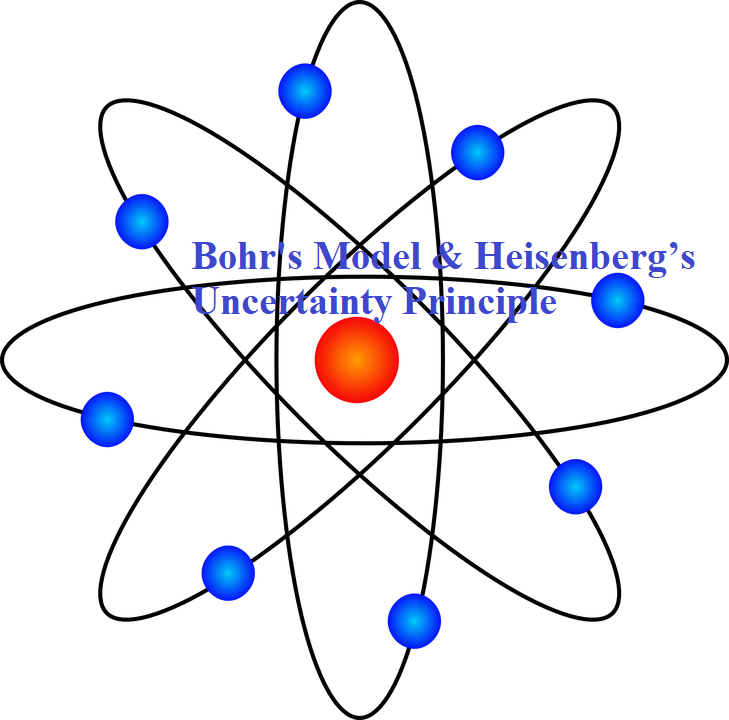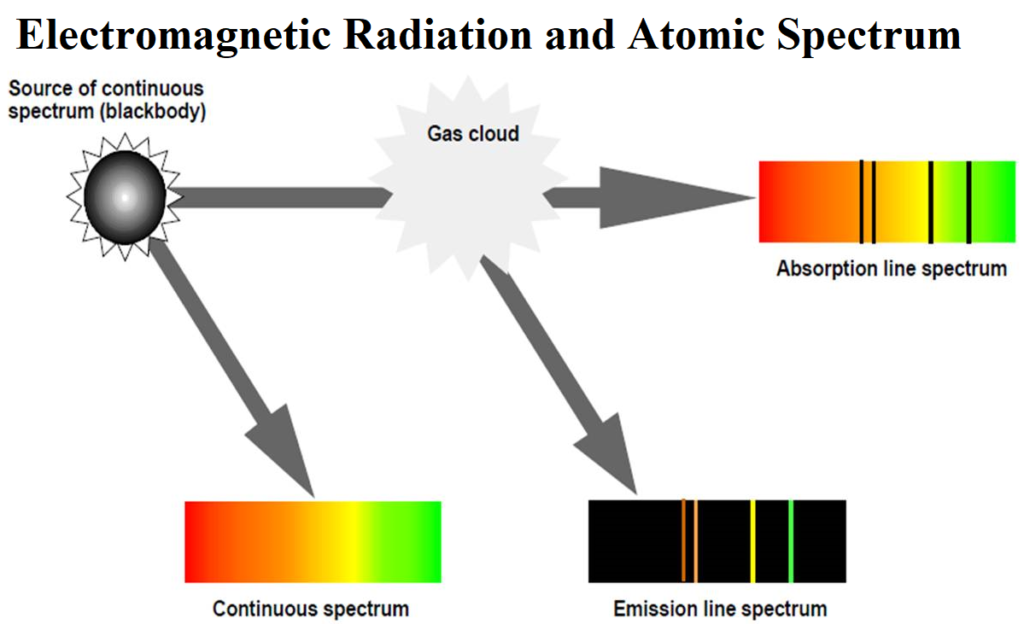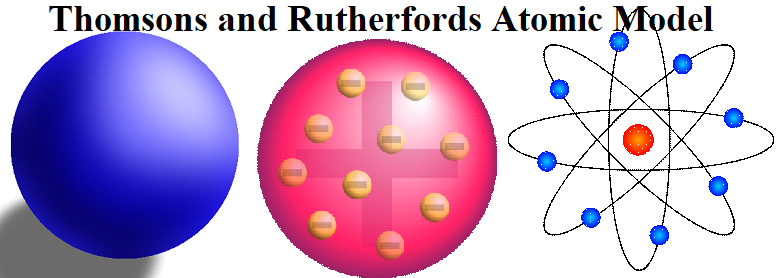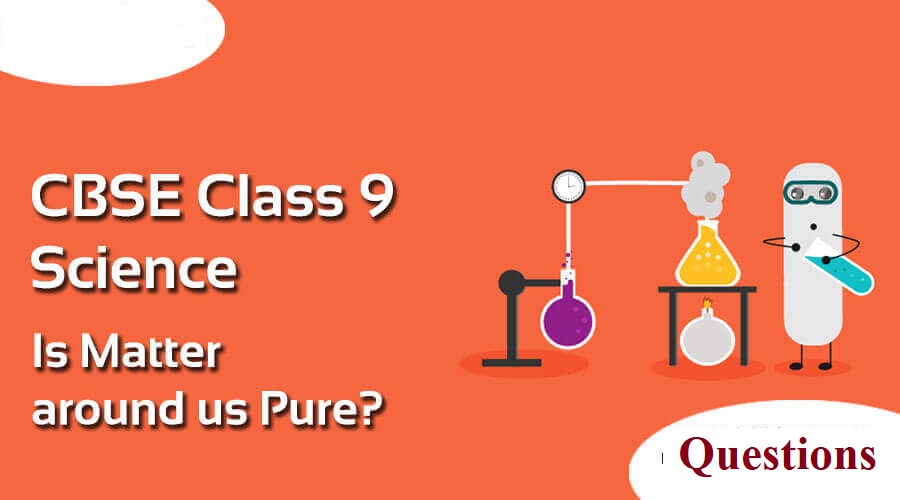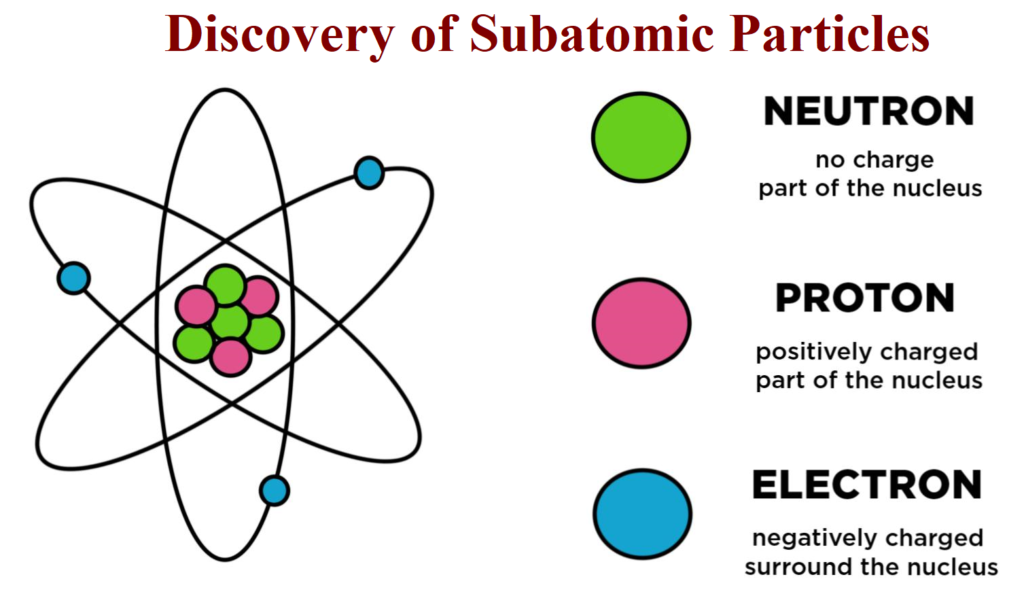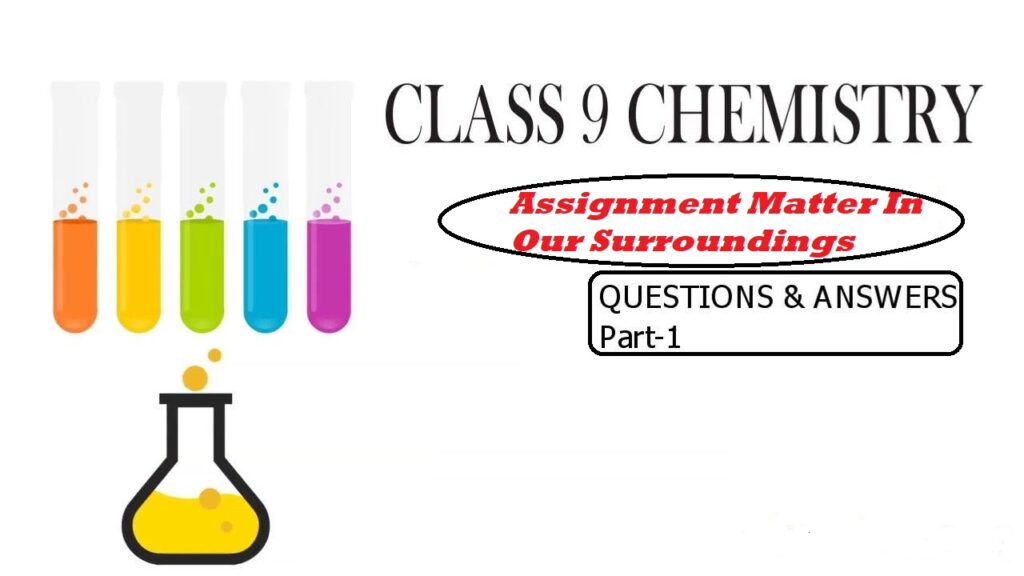Quantum Mechanics and Quantum Numbers Quantum Mechanics and Quantum Numbers post provides complete information about quantum numbers with examples and wave function Quantum Mechanics: Quantum mechanics takes into account the dual behavior of matter. An equation, given by Schrodinger, which has a better physical interpretation in terms of wave properties is Ĥ ψ = Eψ. Where Ĥ is called Hamiltonian operator, E is the total energy of the system (K.E + P.E) and ψ is called the wave function. Physical Significance of ψ: The wave function (ψ) is a mathematical function and it has no physical significance. Wave functions of…
Author: Dr. Vikas Jasrotia
Bohr’s Model & Heisenberg’s Uncertainty Principle Bohr’s Model & Heisenberg’s Uncertainty Principle Bohr’s Model of Atom: The general features of the structure of the hydrogen atom and its spectrum was first explained by Niels Bohr. The important postulates of his theory are: 1. The electron in the hydrogen atom can move around the nucleus in circular paths of fixed radius and energy. These paths are called orbits or stationary states or allowed energy states. These energy levels are numbered as 1,2,3 etc or as K, L, M, N, etc. These numbers are known as Principal quantum numbers. …
Electromagnetic Radiation and Atomic Spectrum Electromagnetic Radiation and Atomic Spectrum Electromagnetic radiations: The radiations which are associated with electrical and magnetic fields are called electromagnetic radiations. When an electrically charged particle moves under acceleration, alternating electrical and magnetic fields are produced and transmitted. These fields are transmitted in the form of waves. These waves are called electromagnetic waves or electromagnetic radiations. Properties of electromagnetic radiations: (i) Oscillating electric and magnetic field is produced by oscillating charged particles. These fields are perpendicular to each other and both are perpendicular to the direction of propagation of the wave. (ii) They do…
Thomsons and Rutherfords Atomic Model Thomsons and Rutherfords Atomic Model is about the most important atomic models proposed during the study of the structure of atom. Types of Atomic Species: Isotopes: Atoms of the same element having the same atomic number but a different mass number. For example, isotopes of Hydrogen are 11H, 12H, 13H. Isobars: Atoms of different elements having the same mass number but a different atomic number, e.g., 1840Ar, 1940K, 20Ca40 Isotones: Atoms of different elements which contain the same number of neutrons. e.g., 614C, 715N, 816 Isoelectronic Species: Atoms or ions containing the same number…
IS MATTER AROUND US PURE The post IS MATTER AROUND US PURE contains questions about the chapter. Smoke and fog both are aerosols. In what way are they different? Why do we call sugar a pure substance? What are saturated and unsaturated solutions? Define a solution What is a suspension? Give its example and Define the concentration of a What is the Tyndall effect? What is the difference between True solutions and colloids? What are alloys? Why are alloys called a mixture? Write the characteristics of Define solute and What is solubility? Give properties of a true solution. Explain why particles…
The Discovery of Subatomic Particles This post The Discovery of Subatomic Particles and Atomic Models is all about the subatomic particles their discoveries along with their charges. STRUCTURE OF ATOM Structure of Atom The term atom was introduced by Dalton and is defined as the smallest particle of an element that retains all its properties and identity during a chemical reaction. SUB – ATOMIC PARTICLE Discovery of Electron Electron was discovered by J J Thomson by Cathode ray discharge tube experiment. A cathode-ray tube is made of glass containing two thin pieces of metal (called electrodes) sealed in…
Solved MCQs States of Matter All questions of Solved MCQs States of Matter are asked in various competitive examinations. Q1. A sample of gas occupies 100 mL at 27 0C and 740 mm pressure. When its volume is changed to 80 mL at 740 mm pressure, the temperature of the gas will be (a) 21.6 0C (b) 240 0C (c) – 33 0C (d) 89.5 0C Ans 1. (c) – 33 0C Since, Pressure is same According to Charles law V1/T1 = V2/T2 (T1 = 27 + 273 = 300 K) 100/300 = 80/T2 T2 = 240 K…
MCQs Haloalkanes and Haloarenes MCQs Haloalkanes and Haloarenes is all about multiple choice questions of Haloalkanes and haloarenes Q 1. The order of reactivity of following alcohols with halogen acids is ___________. (A) CH3CH2 —CH2—OH (i) (A) > (B) > (C) (ii) (C) > (B) > (A) (iii) (B) > (A) > (C) (iv) (A) > (C) > (B) Ans. (ii) Explanation: Greater the stability of carbocation, the greater will be its ease of formation from an alkyl halide and faster will be the rate of reaction. In the case of alkyl halides, 30 alkyl halides undergo SNI reaction very…
Assignment Matter In Our Surroundings Assignment Matter In Our Surroundings This post Assignment Matter In Our Surroundings is about various solved questions of the chapter Matter In Our Surroundings. Question 1. Explain why? i. A gas fills a vessel completely. ii. Camphor disappears without leaving any residue. iii. The temperature does not rise during the process of melting and boiling; through heat energy is constantly supplied. iv. Water stored in an earthen vessel becomes cool. v. An iron almirah is a solid at room temperature. Solution1. i). Because the molecules of the gas move freely so it occupies the whole space the vessel ii) Camphor…
Nucleophilic Substitution and Mechanism of Haloalkanes The Post Nucleophilic Substitution and Mechanism of Haloalkanes is all about various nucleophilic substitution reactions of haloalkanes along with the followed mechanisms. Chemical Reactions of Haloalkanes: Nucleophilic Substitution Reactions: Due to the presence of a positive charge on the carbon atom it can be easily attacked by nucleophiles to give nucleophilic substitution reactions as well as elimination and reduction reactions. 1). Reaction with aqueous alkali: Haloalkanes react with aq. NaOH or KOH to form alcohols. R-X + KOH(aq) → R-OH + KX CH3-CH2-Br + KOH(aq) → CH3-CH2-OH + KBr 2). Reaction with water: Haloalkanes react…

